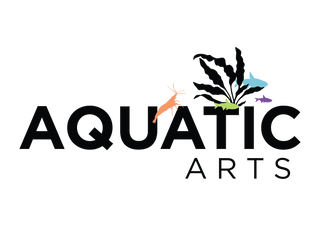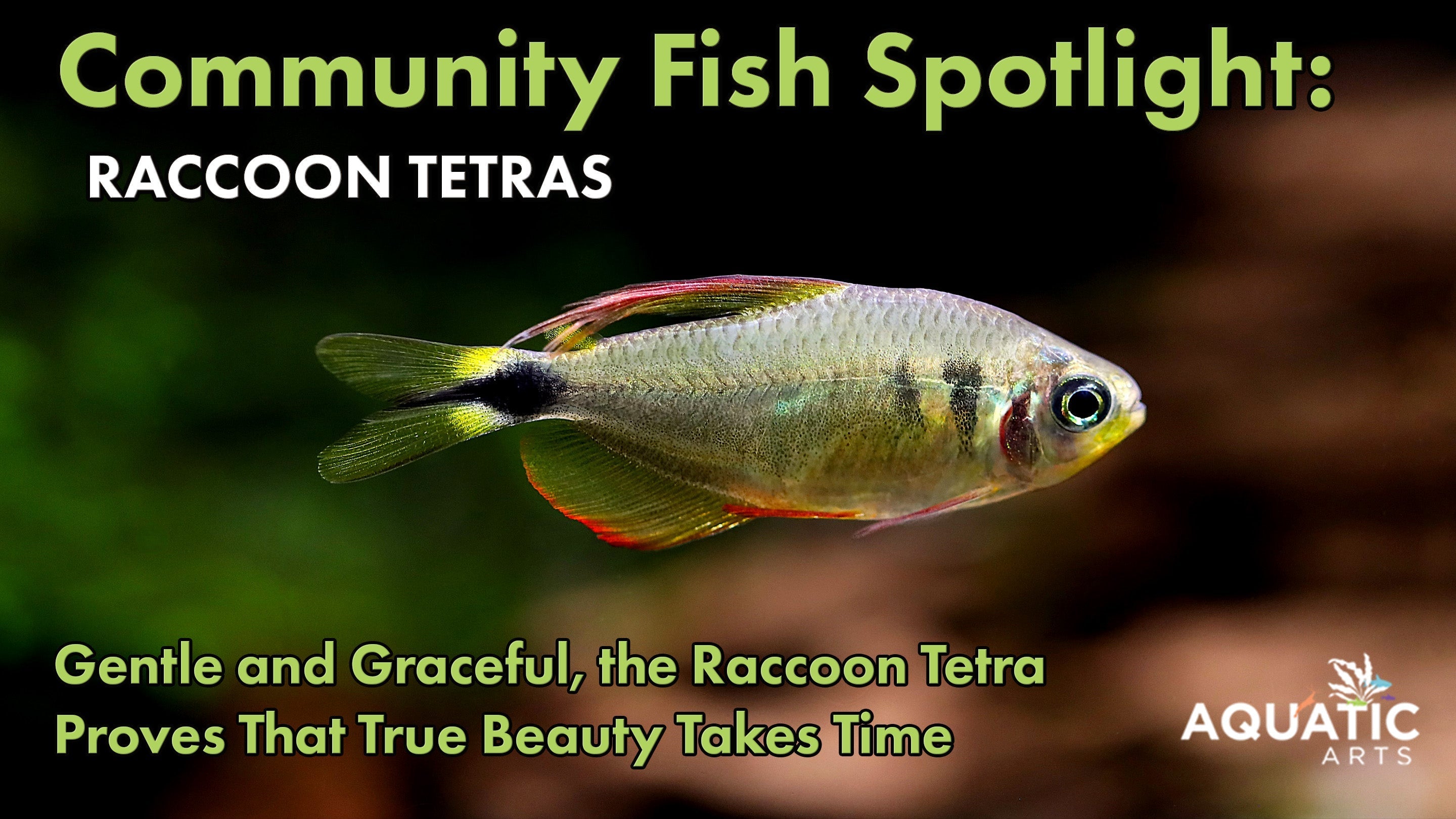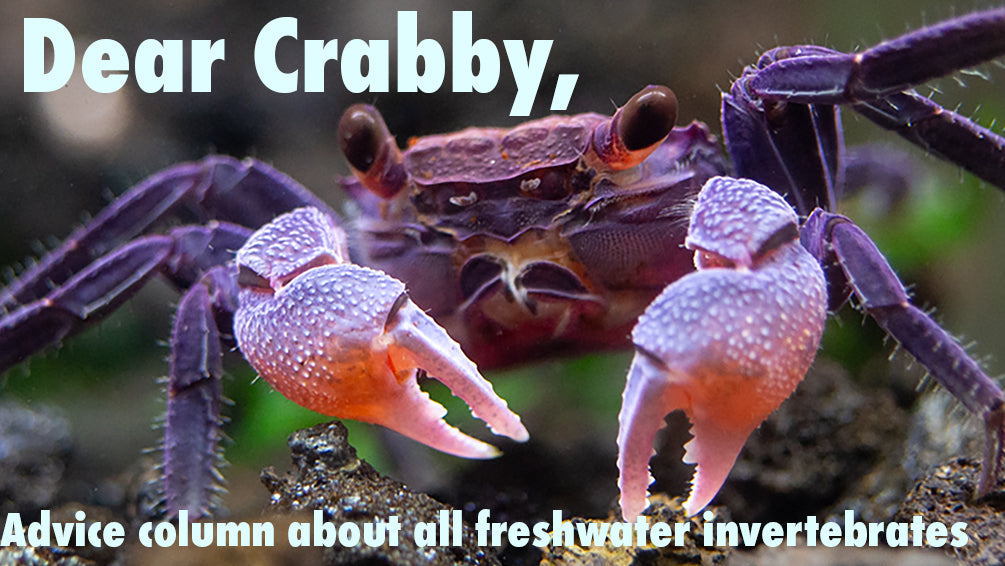Natural Biofilm Promoters: Using Leaves, Botanicals, and Driftwood in Your Aquarium
Natural Biofilm Promoters: Using Leaves, Botanicals, and Driftwood in Your Aquarium
Biofilm is one of nature’s most underrated tools for maintaining a healthy aquarium, especially for shrimp and algae-eating fish. In our previous article, The Benefits of Biofilm for Shrimp and Fish: A Natural Food Source, we explored how biofilm serves as a critical food source and contributes to a balanced ecosystem. But did you know there are simple, natural ways to encourage biofilm growth in your tank?
In this post, we’ll show you how to use natural materials like Indian Almond Leaves, Catappa bark, and driftwood to promote healthy biofilm growth, ensuring your tank’s inhabitants have the nutrition they need while creating a more natural and vibrant environment.
Why Promote Biofilm in Your Aquarium?
Biofilm is essential in a healthy, balanced tank because it provides a continuous source of nutrients for shrimp, snails, and certain fish species like Otocinclus Catfish and Plecos. The microorganisms that make up biofilm play a role in breaking down organic material, helping keep the tank clean and preventing nutrient buildup that could lead to harmful algae blooms.
Additionally, biofilm supports the natural grazing behaviors of many aquarium inhabitants, keeping them active and reducing stress. Let’s dive into how you can naturally foster biofilm in your tank.
1. Indian Almond Leaves (Catappa Leaves)
Indian Almond Leaves are popular for their ability to lower pH slightly, release beneficial tannins, and, most importantly, promote biofilm growth. As these leaves decompose, they provide surfaces and nutrients for microorganisms to colonize, creating a natural food source for shrimp and snails. The tannins released by these leaves can also help in maintaining a healthier aquarium environment by inhibiting harmful bacteria and fungi.
2. Catappa Bark
Much like its leaves, Catappa bark is another excellent biofilm promoter. When submerged, it gradually releases organic compounds and tannins that foster biofilm development. The bark serves as a long-lasting surface for biofilm growth, making it a fantastic addition to blackwater or natural-style aquariums where a more authentic environment is desired.
3. Driftwood
Driftwood is one of the most effective materials for encouraging biofilm in an aquarium. Its rough, textured surface makes an ideal habitat for microorganisms to thrive. Over time, a thin layer of biofilm will naturally form, providing an essential food source for your shrimp and snails. In addition, driftwood releases tannins, which slightly acidify the water, supporting biofilm growth and further enhancing the natural feel of your tank.
4. Botanicals: Leaves, Seed Pods, and Cones
Botanicals such as alder cones, magnolia leaves, and seed pods like "teardrop pods" and "concha pods" are great for promoting biofilm. As these botanicals break down, they not only provide a surface for biofilm but also release organic matter that encourages microbial growth. These additions mimic natural leaf litter in rivers and streams, making them ideal for shrimp tanks and any aquarium that benefits from a natural look.
5. Decomposing Plant Matter
Live plants can also help promote biofilm. As older leaves decompose, they contribute to the biofilm’s development by providing a food source for microorganisms. Mosses like Java Moss are particularly effective in growing biofilm because their dense, fibrous structure provides ample surface area for microbial colonization, making them a great addition for aquariums housing shrimp and algae-eating fish.
Practical Tips for Promoting Biofilm Growth
- Avoid Over-Cleaning: Biofilm thrives when given time to establish. Avoid scrubbing surfaces too often; instead, focus on maintaining balance in your tank and letting biofilm grow naturally on driftwood, rocks, and plants.
- Maintain Stable Water Parameters: Consistent water quality helps biofilm thrive. Monitor your tank’s temperature, pH, and nutrient levels to ensure the environment remains optimal for both biofilm and your tank’s inhabitants.
- Introduce Botanicals Gradually: To avoid overwhelming your tank, introduce materials like Indian Almond Leaves or alder cones gradually, allowing biofilm to grow steadily.
Q&A Section
Q: What is biofilm in an aquarium?
A: Biofilm is a slimy layer made up of bacteria, algae, and other microorganisms that forms on surfaces like rocks, plants, and driftwood in an aquarium. It plays a vital role in maintaining a balanced ecosystem and serves as a natural food source for shrimp, snails, and certain fish species.
Q: How do Indian Almond Leaves promote biofilm growth?
A: Indian Almond Leaves release tannins and organic compounds into the water as they decompose, which helps encourage the growth of biofilm. These leaves provide a surface for microorganisms to colonize, making them an excellent choice for shrimp tanks
Q: Can driftwood help biofilm grow in my aquarium?
A: Yes, driftwood is one of the best materials for promoting biofilm. Its rough surface allows microorganisms to thrive, and it releases tannins into the water, which supports biofilm development. Many shrimp and algae-eating fish enjoy grazing on the biofilm that forms on driftwood
Q: How do botanicals like alder cones or seed pods promote biofilm?
A: Botanicals such as alder cones, seed pods, and leaves decompose in the aquarium, releasing organic matter that promotes biofilm growth. These materials mimic the natural detritus found in streams and rivers, providing a rich environment for microbial life
Q: How long does it take for biofilm to form on driftwood or botanicals?
A: Biofilm can begin forming within a few days to a few weeks, depending on the water conditions, nutrient levels, and the type of materials introduced. Indian Almond Leaves and other botanicals tend to accelerate the process
Q: Is biofilm safe for fish and shrimp?
A: Yes, biofilm is beneficial for fish and shrimp. It provides a natural food source for shrimp, snails, and algae-eating fish like Otocinclus and Plecos. However, excessive biofilm may indicate poor water quality, so it's essential to maintain a balanced ecosystem
Q: How can I control excess biofilm in my aquarium?
A: If biofilm becomes too thick, you can reduce it by gently scrubbing surfaces or increasing water flow to limit growth. Adding algae-eating fish or shrimp, like Amano shrimp or Nerite snails, can also help naturally control biofilm
Q: Can plants promote biofilm growth?
A: Yes, live plants, especially mosses like Java Moss, promote biofilm growth. Decomposing plant matter provides nutrients for biofilm, and plants offer surfaces for microorganisms to colonize. This is especially useful in shrimp and planted tanks
Q: How do tannins from leaves and botanicals affect biofilm growth?
A: Tannins released by materials like Indian Almond Leaves and driftwood create an environment that supports biofilm by slightly lowering the pH and providing nutrients for microorganisms. Tannins can also have antibacterial properties that benefit water quality
Q: How often should I add botanicals like Indian Almond Leaves to my tank?
A: You can introduce botanicals gradually, depending on the tank size and the rate at which they decompose. Generally, one or two leaves in a small tank are sufficient to promote biofilm without overwhelming the ecosystem. Replenish botanicals as they break down
Continue Learning About Biofilm
If you’re interested in how biofilm benefits your shrimp and fish, check out our detailed post on The Benefits of Biofilm for Shrimp and Fish: A Natural Food Source. There, you’ll learn more about the critical role biofilm plays in a balanced aquarium ecosystem and how to naturally integrate it into your tank’s maintenance routine. By understanding and fostering biofilm, you can create a healthier, more natural environment for your aquatic pets!




